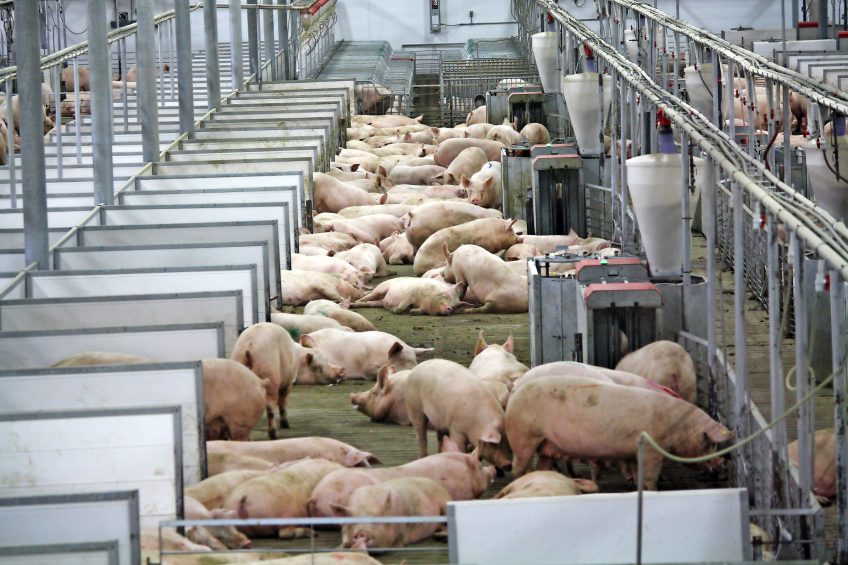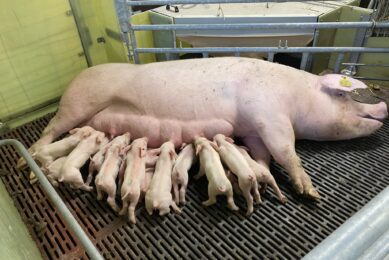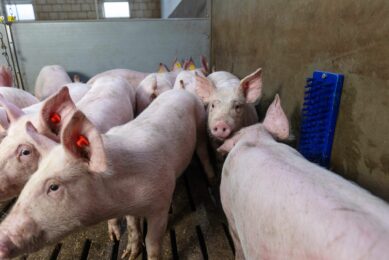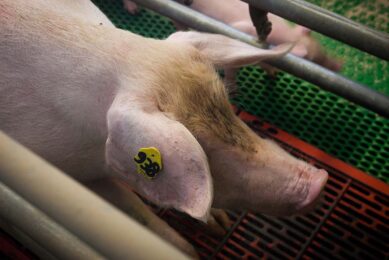Decreasing sow stall use in stages

Animal welfare expert Dr Monique Pairis-Garica noted a lot of interest at the 2nd edition of the Tri-State Sow Housing Conference, but also quite a lot of worries. There’s many ways to get there, she assures.
The Tri-State Sow Housing Conference, held February 13th in Columbus, OH, United States, had over 200 registered attendees and proved yet again to be a successful event that brought together scientists, producers and allied industry to address the opportunities and concerns with group housing.
Animal welfare scientists for the University of Pennsylvania and Michigan State University provided the latest research addressing the management of lameness and aggression in group systems. Veterinarians and producers from Pennsylvania and Ohio provided the group practical on-farm experience with making the transition to group housing successful as well.
At which speed should the transition happen?
However, regardless of the information provided and success stories of others; the room remained reserved and perhaps worried on the speed to which this transition should happen. One approach that I found to be very effective was to look at the transition to group housing in stages with the ultimate goal to eliminate the number of days the sow remains in a stall.
Dr Jessica Risser, animal health and welfare manager for Country View Family Farms, an entity of Clemens Food Group, discussed this approach. Dr Risser is responsible for strategically leading the conversion of 65,000 sows from stall to open pen gestation and taking the lead in the industry to conduct research on alternative farrowing systems.
Number of days of sows in the stall
Dr Risser presented to the group the idea that different management practices would impact the total number of days the sow is in the stall. Now, you will need to work with me here because there is going to be math involved.
If we were to view a sow system as using conventional gestation stalls and conventional farrowing stalls, the sow would remain in a stall for 365 days of the year. This is based on the assumption that she would reside in the gestation stall for 290 days (116 day gestation x 2.5 parities), in the farrowing stall for 57.5 days (23 day weaning x 2.5) and breeding for 17.5 days (7 days x 2.5 breeding periods) of the year.
Changing the number of days in the stall
Now, depending on the management system, we can change the number of days the sow remains in a stall from 365 days to as little as 25 days. This requires implementing changes to the breeding programme such as moving sows to group housing during pre-implantation (3 days post-breeding) or at post-implantation (42 days post breeding). In addition, this number can also be changed by changing the farrowing system from a traditional farrowing stall (23 days in stall) to a dynamic farrowing stall (7 days in stall) that allows the sow access to leave the stall.
As described in Table 1, the idea behind this concept is that there are many avenues one can take to decrease days in stall with this being dependent on the facilities, people and management.
Flexibility in the world of swine production
In an ever changing world of swine production, flexibility is a good thing. I think that relaying a message to producers that there are many ways to reach the end goal was a positive approach and strong message to the producers in the room and I hope eased the concerns for some and encouraged the continual forward progression.
Join 18,000+ subscribers
Subscribe to our newsletter to stay updated about all the need-to-know content in the pigsector, three times a week. Beheer
Beheer










 WP Admin
WP Admin  Bewerk bericht
Bewerk bericht